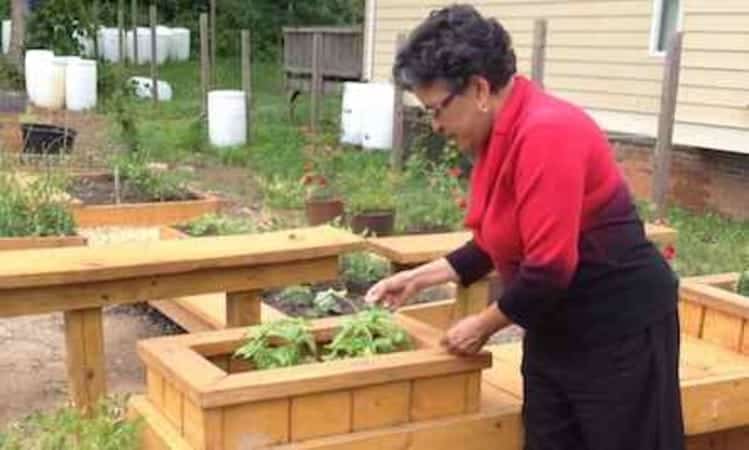I learned the secret formula for social change from Columbia Business School Professor Bob Bontempo, and it inspired the Georgia Food Oasis campaign, an effort that is helping more families eat, cook and grow fresh fruits and vegetables.
Bontempo teaches business executives how to navigate through organizational transitions.
To paraphrase Bontempo, change follows this kind of arc:
C = D * V * P
where C = Change
D = Dissatisfaction with the status quo
V = Vision for the future
P = Process for implementing the vision
Consider the Civil Rights Movement:
Change happened when the media images from Bloody Sunday generated widespread dissatisfaction, unifying much of the nation behind a common vision for equal rights.
It was only then that the process for codifying a solution—The Voting Rights Act—could succeed.
Successful change requires all of these elements, or else status quo wins.
At the Atlanta Falcons Youth Foundation, we encountered an abundance of dissatisfaction in 2010 when we began considering grants to increase access to affordable, healthy food.
Everyone was unhappy with a broken food system, but there was no unifying vision as to what would be better than the status quo.
One problem is that the conversation was focused on what you do not want to be – a food desert – instead of what you do want to be.
Vocabulary was another problem. Public health officials and food advocates talked about food deserts, food insecurity, the built environment and chronic disease.
When we talked to residents, they were concerned about price, customer service and the quality of fresh produce on shelves. They talked about transportation – what it’s like to live far off a bus route, the cost of car maintenance and the sticker shock of the “ride man.” They reminisced about special dishes their family prepared years ago and how food is inextricably tied to fellowship and heritage.
This vocabulary gap created a vision gap. Each group imagined a different way forward.
Formal leaders envisioned a public health strategy.
Residents envisioned a better life, with food playing a role in making their neighborhood a better place tomorrow than it is today.
We made our bet with the residents.
Residents described a Food Oasis vision that has become the framework for our grant making and an organizing tool for residents. Starting with Atlanta’s Historic Westside neighborhoods, the Atlanta Falcons Youth Foundation is investing in their ideas for transforming the place into a Food Oasis.
Residents told us they wanted to do three things: Eat, Cook and Grow.
A grandmother on Elm Street, Rosario Hernandez, offered proof that neighborhood residents want fresh produce: passersby eat the plums right off the tree in her yard. She wants her granddaughter to be able to walk to a corner store and get fresh produce.
A church leader talked about the importance of casseroles and how he wants his children and grandchildren to learn to cook these dishes.
Several residents, pointing to vacant and under-used property, said they want to grow more food to supply neighborhood families with seasonal fruits and vegetables.
So we have harnessed the dissatisfaction and embraced the residents’ vision for a Food Oasis approach. Now we are on to process.
Our foundation has invested in a dozen local organizations that are delivering “Eat, Cook, Grow” services in Atlanta and around Georgia. One partner is launching a small-grants program to support resident-led innovations that bubble up from neighborhood Food Oasis workshops.
Throughout it all, no matter how we asked residents about food, their comments focused on people and the place where they live. We learned that it’s wrong to put food at the center of a food strategy. People are at the heart of the food strategy.
I knew this for certain when a food co-op member shared the story of his work to re-create his mother’s recipe for pear preserves. He’s determined to get it just right. It’s not because he likes food. It’s because he loves his mother. He honors her by creating a Food Oasis.











